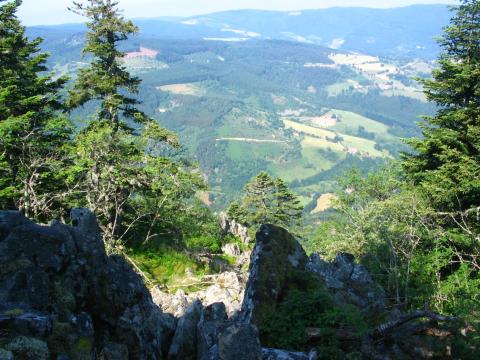
Designing insecticide-free cropping systems
Biological Control through Habitat Conservation and Management mobilizes a vast array of levers to encourage the presence of crop beneficials (=organisms useful to agricultural production), in order to regulate pest populations (=organisms that cause damage to crops), and thus limit the use of pesticides. Today, the presence of beneficial organisms is limited by prevailing agricultural practices. Crop specialization has reduced landscape diversity, contributed to the elimination of hedges and other semi-natural features, and separated animal and plant production. The levers of Biological Control through Habitat Conservation and Management often need to be considered on a regional scale, and thus need to be devised in consultation with farmers. Promoting the adoption of biological control must necessarily take into account the psycho-sociological context, and support measures specific to that context.
The research question of this project is "How can the diagnostic approach to semi-natural habitats and practices (current and potential) provide useful knowledge for designing insecticide-free cropping systems?" The study area is located within the Parc Naturel Régional du Pilat, which has a Charter on maintaining biodiversity and the landscape, and developing environmentally-friendly farming practices. Farmers in this area are faced with technical impasses when it comes to regulating pests (codling moth, aphids, drosophila).
The project aims to deploy an innovative approach in the Pilat Rhodanien area (photo), to promote long-term pest control. To this end, we propose to carry out
- a diagnosis of semi-natural areas and practices ;
- workshops to share knowledge and set up a working group bringing together farmers, development and research players, and
- an analysis of the obstacles and levers to the adoption of Biological Control through Habitat Conservation and Management.
- Project acronym: CARAB
- Project leaders: Muriel Valantin Morison, Maude Quinio, Anna Hyrson Sagalyn (Agronomy laboratory, Graduate School Biosphera)
- Other laboratories involved: SADAPT (Lorène Prost) and ISARA Lyon
- Non-academic partners: Parc Naturel Régional du Pilat
Typical Pilat Rhodanien landscape (source: Parc Naturel Régional du Pilat)
Data collection by students


